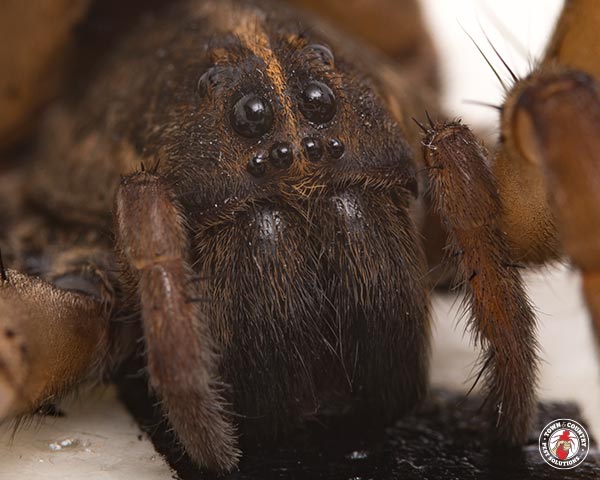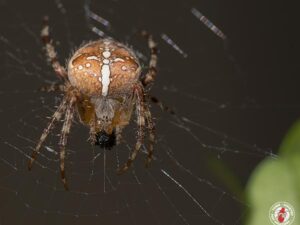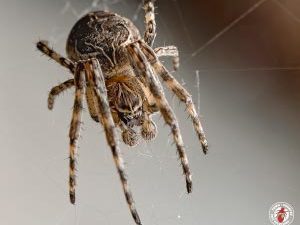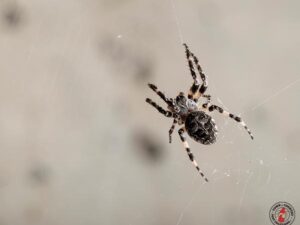
When a warm and rainy spring season follows an unseasonably mild winter, residents of New York state should expect to find spiders within and around their homes during the summer and fall. Generally, adult spiders in temperate northern regions live for one year before dying from the freezing cold winter climate, but their developing offspring may survive the winter provided they secure adequate shelter. Spider offspring that survive the winter season will develop into adults over the summer before meeting the same fate as their mother come winter.
Some spider species are physiologically capable of surviving New York winters as inactive adults provided they secure shelter within well insulated locations, such as behind tree bark, beneath bundles of plant debris, beneath stacks of firewood, within ground burrows, and within homes and buildings. However, virtually all spider species are able to survive mild New York winters as both eggs and adults, and if these survivors emerge to a warm and rainy spring season, their insect food sources will become abundant. Naturally this causes spider populations to skyrocket.
Wolf spiders are the largest and hairiest spider species in New York state, and females and their eggs often survive cold winters by excavating ground burrows before insulating these burrows with their silk. Wolf spiders tend to become the most commonly sighted spiders within homes during summer and fall seasons that follow a mild winter and rainy spring. Unsurprisingly, a recent nationwide survey of pest control professionals revealed that both wolf spiders and American house spiders were the two most commonly controlled spider pests within residential homes during the 2016 year.
Many wolf spider species can be found throughout the country, but the largest species is commonly known as the Carolina wolf spider (Hogna carolinensis). In addition to overwintering in insulated ground burrows, females have also been known to overwinter with their eggs inside of homes. During the warmer months, wolf spiders often chase their insect prey into homes where they are quickly noticed, and usually killed by terrified homeowners. The Carolina wolf spider is frequently mistaken for a tarantula species due to its ½ to two inch long body (not including leg span) and hairy exterior.
As it happens, pest control technicians are not the only professionals known for visiting homes to dispose of massive, but harmless, wolf spiders. For example, back in 1989, a New York woman called 911 hoping that the police would come by to remove a lone wolf spider that she found in her home. Surprisingly, the police agreed to come by, and after a brief struggle, the spider was captured and released back into its natural environment.
Have you ever encountered a wolf spider in your home?












